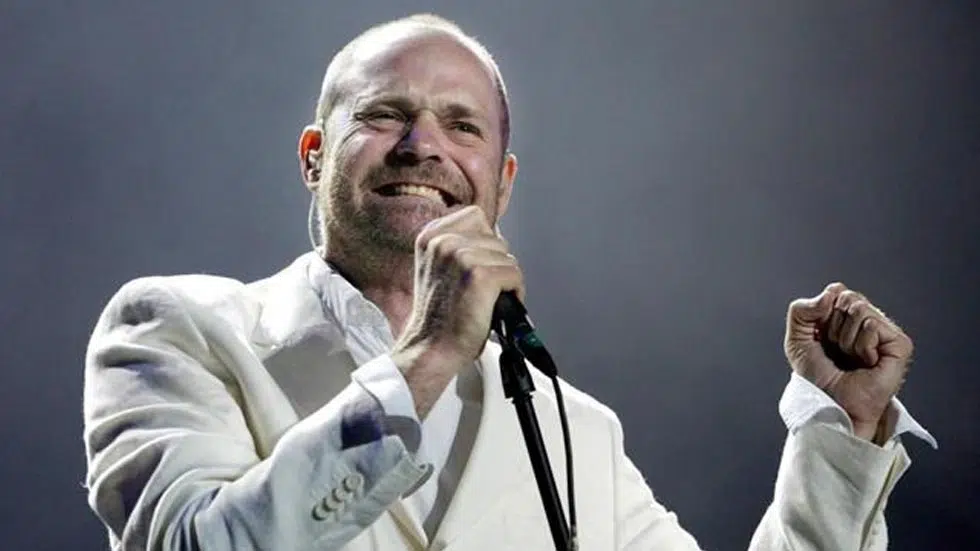
Legendary band the Tragically Hip kicks off farewell tour in B.C.
VANCOUVER — Avril Hughes has followed the Tragically Hip since seeing the band in concert in the 1980s, so she didn’t think twice about making the long road trip from her home in California to British Columbia to catch the farewell tour.
“I cannot believe I’m sitting here anticipating seeing them for the last time live,” Hughes said upon arriving in Langley, B.C., on Thursday.
The Tragically Hip kicks off its final cross-country tour in Victoria on Friday, with performances lined up in Vancouver on Sunday and Tuesday, part of a 15-date cross-country trip.


